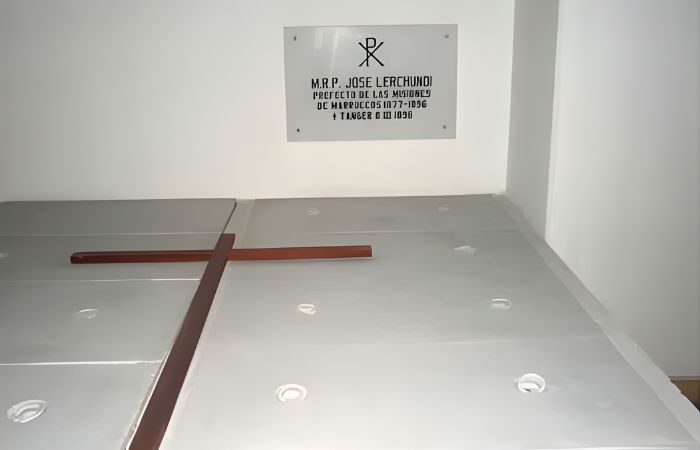Description
The Roman Catholic Cathedral of Tangier: A Jewel of Morocco’s Religious Heritage
Nestled in the vibrant city of Tangier, Morocco, the Roman Catholic Cathedral of Tangier, also known as the Cathedral of the Immaculate Conception and the Holy Spirit, holds a significant place in the country’s religious landscape. With its rich history and stunning architectural beauty, this cathedral attracts both tourists and devout followers alike. Let’s delve into the captivating story of this remarkable landmark.
A Franciscan Legacy
The roots of the Catholic presence in Tangier can be traced back to the Franciscan Order’s enduring commitment to engaging with the Muslim world. This tradition stretches back to the remarkable meeting between Francis of Assisi and Sultan Al-Kamil in 1219. In the 1860s, Father José María Lerchundi expanded the Franciscan presence in Tangier, which eventually led to the construction of the Church of the Immaculate Conception in 1880–1881.
The Vision of Antoni Gaudí
The Convent of the Holy Spirit
A New Cathedral for Tangier
In 1938, Franciscan Father José María Betanzos y Hormaechevarría, the Vicar Apostolic of Morocco, initiated efforts to transform the Holy Spirit convent into a grand cathedral for the Catholic community in Tangier. Unfortunately, the project faced financial constraints due to the Spanish Civil War and its aftermath.
A Spanish Vision Takes Shape
By the late 1940s, circumstances changed, and Spain aimed to regain influence in Tangier. In 1948, Francisco Franco approved a plan to build a Spanish cathedral in the city, entrusted to his foreign minister, Alberto Martín-Artajo. Architect Luis Martínez-Feduchi designed a modern, streamlined structure that incorporated elements inspired by St Mark’s Campanile in Venice.
Construction and Completion
Architectural Marvels
The Roman Catholic Cathedral of Tangier mesmerizes visitors with its architectural splendor. The cathedral’s stained glass windows, including the renowned panes in the apse attributed to Alicante artist Arcadi Blasco, create an ethereal ambiance. Other abstract windows that José María de Labra crafted further enhance the aesthetic appeal.
Artistic Treasures
Inside the cathedral, visitors can admire the exquisite work of sculptor José Luis Sánchez Fernández. His suspended crucifix and other sculptures add to the spiritual atmosphere and showcase the artistic talent that went into creating this sacred space.
As you explore the bustling streets of Tangier, be sure to visit the Roman Catholic Cathedral of Tangier and immerse yourself in its rich history and captivating beauty. This architectural gem stands as a testament to Spain’s enduring influence and the rich religious heritage of Morocco. Discover the harmony and tranquility within its walls and witness firsthand the melding of cultures that have shaped this remarkable cathedral.







